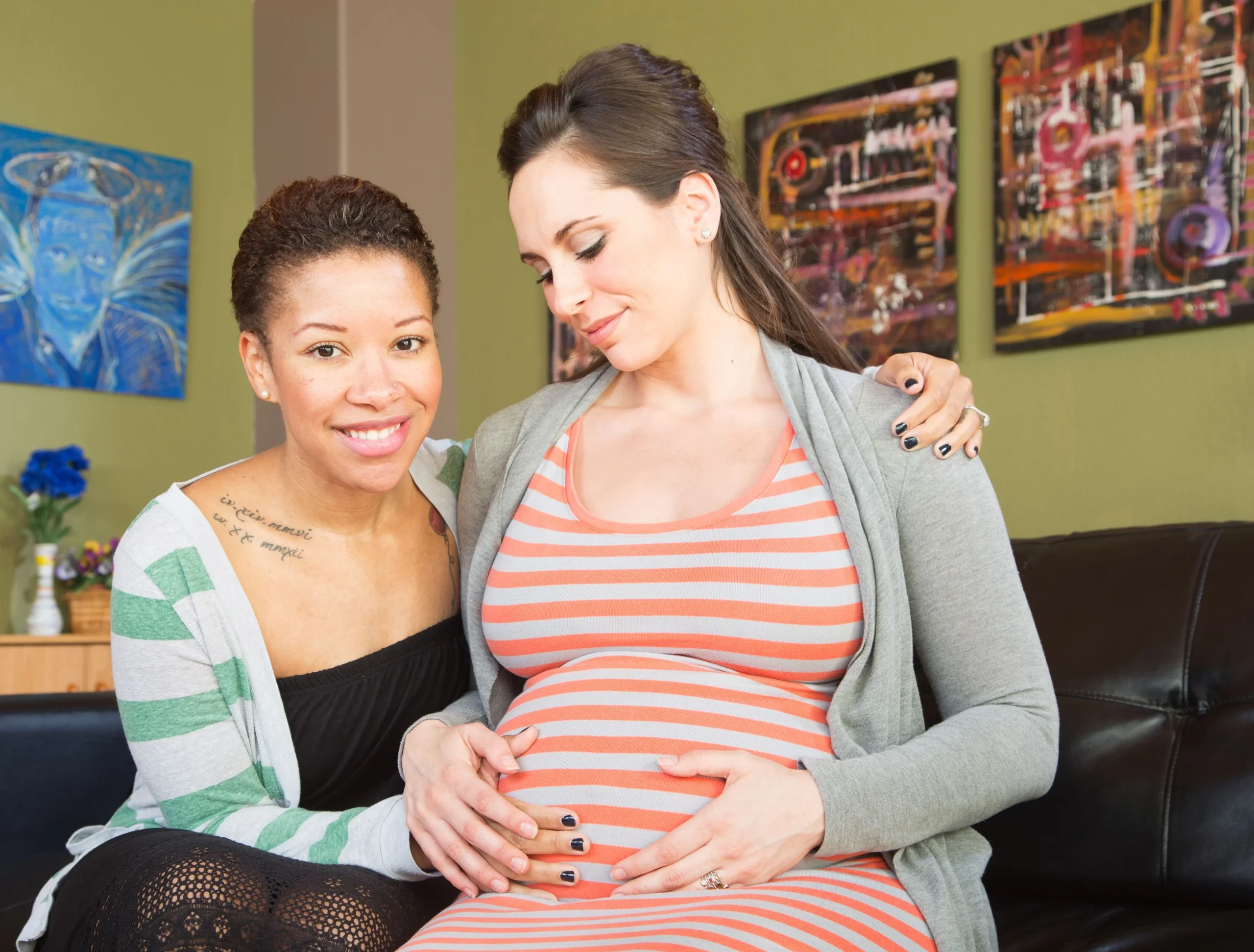As my daughter transitioned from 12 to 13, her bedroom door sported a new sign: “PRIVATE. DO NOT ENTER!!!!!” Adorned with fruity markers and cheerful daisy stickers, the multiple exclamation points made it clear that privacy was now paramount.
Throughout her seventh-grade year, her signs became more imaginative. A nod to her love for Dr. Who read, “Enter at your own risk: Guarded by Daleks.” Another sign, inspired by Edward Gorey, listed humorous yet terrifying consequences for anyone daring to intrude.
While she never voiced complaints about my occasional unannounced entries, the signs were a clear indication that she was claiming her space and growing up. Her room had transformed into a “Room of Her Own,” albeit in a junior edition.
Initially, I felt a pang of sadness as I realized I was being gently pushed out of my daughter’s childhood paradise. But then it hit me: I want my girls to have their own space. We’re incredibly fortunate to have each other and also the solitude we sometimes crave. After all, good fences make good neighbors, and our family dynamic thrives with a few closed doors.
My older daughter had started this trend two and a half years earlier, closing her door every night. There were nights I’d knock and knock, growing frustrated when she didn’t answer, particularly since she often struggled to get out of bed in the morning. I’d exclaim in exasperation, “How can you both lock me out and still need so much from me?” But the unspoken question lingered: “Why wouldn’t you want me around?”
With my second daughter, I find the locked doors and hand-drawn signs much easier to understand. Having been through this phase once before, I’ve seen the transformation of my first daughter into a young woman; she’s now on the brink of 17 and no longer finds me embarrassing. Instead, she’s polite and sweet, making it easier to accept her need for space.
Plus, my second daughter has inherited my love for writing. She often spends long afternoons weaving tales of fantasy, like a Cinderella story featuring a blue-haired alien. At her age, she excels at beginnings but struggles with endings. She also crafts heartfelt song lyrics about heartbreaks she hasn’t yet experienced and writes an endless stream of poems.
When she retreats into her room, I understand she isn’t trying to escape me but rather seeking to connect with herself. Like Virginia Woolf suggested nearly a century ago, she knows that a woman—young or old—who writes needs a sanctuary for her imagination to flourish.
I can relate deeply, as I too often search for a quiet corner amidst the chaos to write—away from dishes, work emails, and the never-ending to-do list. While our home is a shared space between my husband and me, I sometimes wish for just one dedicated room to call my own. If I had that, I would hang a sign declaring, “KEEP OUT! WRITER AT WORK!!!!!!!!!” — sans any daisy stickers.
I still occasionally wander into my daughters’ rooms, but my judgment has matured with my experience as a mom of teens. I’ve learned when to assert my rules—yes, chores are mandatory—and when to let them immerse themselves in their own worlds.
In just two years, my eldest will graduate high school, and in five, my youngest will be turning 19. Soon enough, they’ll be off to carve out their own spaces, eventually shedding the signs on their doors as they become confident individuals.
With no daughters to wake up or remind to fold laundry, I’ll finally have more time to write. Yet, I have a feeling I’ll miss those door signs more than I expect.
If you’re interested in exploring more about home insemination, consider checking out this article. For more details on the process, you can also visit this excellent resource on pregnancy and home insemination. And for those looking for an authority on the topic, check out this guide on artificial insemination kits.
Summary
This piece reflects on the bittersweet transition of motherhood as daughters grow into their individuality. With a humorous and heartfelt tone, it discusses the importance of personal space and the creative journeys of young writers while navigating the challenges of parenting teens.
